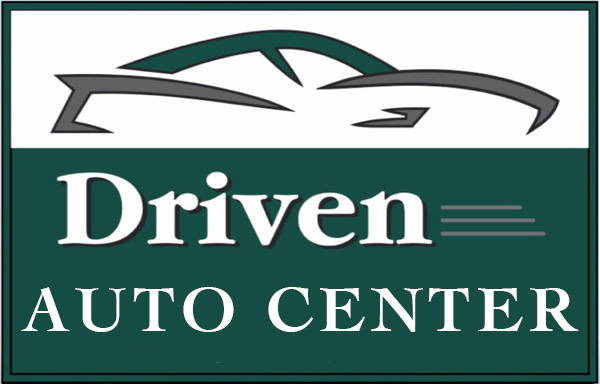Follow Us x
Suspension Services
How do I know if my suspension needs repair?
Common signs include excessive bouncing, uneven tire wear, a rough ride, or your vehicle pulling to one side. If you notice any of these, it's time for an inspection.
What components are included in a suspension service?
We inspect and repair shocks, struts, control arms, bushings, ball joints, and springs-everything that supports your vehicle's handling and comfort.
Can worn suspension parts affect my alignment or tire wear?
Absolutely. Worn suspension parts can throw off alignment and lead to uneven tire wear, steering issues, and unsafe handling.
Brake Services
What are the signs that I need new brakes?
Look out for squeaking or grinding noises, a soft or vibrating brake pedal, longer stopping distances, or a brake warning light on your dashboard.
Do you offer full brake system inspections?
Yes. Every brake service includes a thorough inspection of pads, rotors, calipers, fluid, and brake lines to ensure everything is functioning safely.
How often should I replace my brake pads?
It depends on your driving habits, but most brake pads should be replaced every 25,000 to 70,000 miles. We'll assess your wear level and recommend the right time for service.
Wheel Alignments
What are the benefits of a wheel alignment?
Proper alignment improves fuel efficiency, extends tire life, enhances handling, and ensures your vehicle drives straight and true.
How do I know if I need an alignment?
Signs include your car pulling to one side, uneven tire wear, crooked steering wheel, or a shaky ride at highway speeds.
How often should I get a wheel alignment?
We recommend checking your alignment at least once a year or whenever you install new tires, experience suspension repairs, or hit a major pothole.
